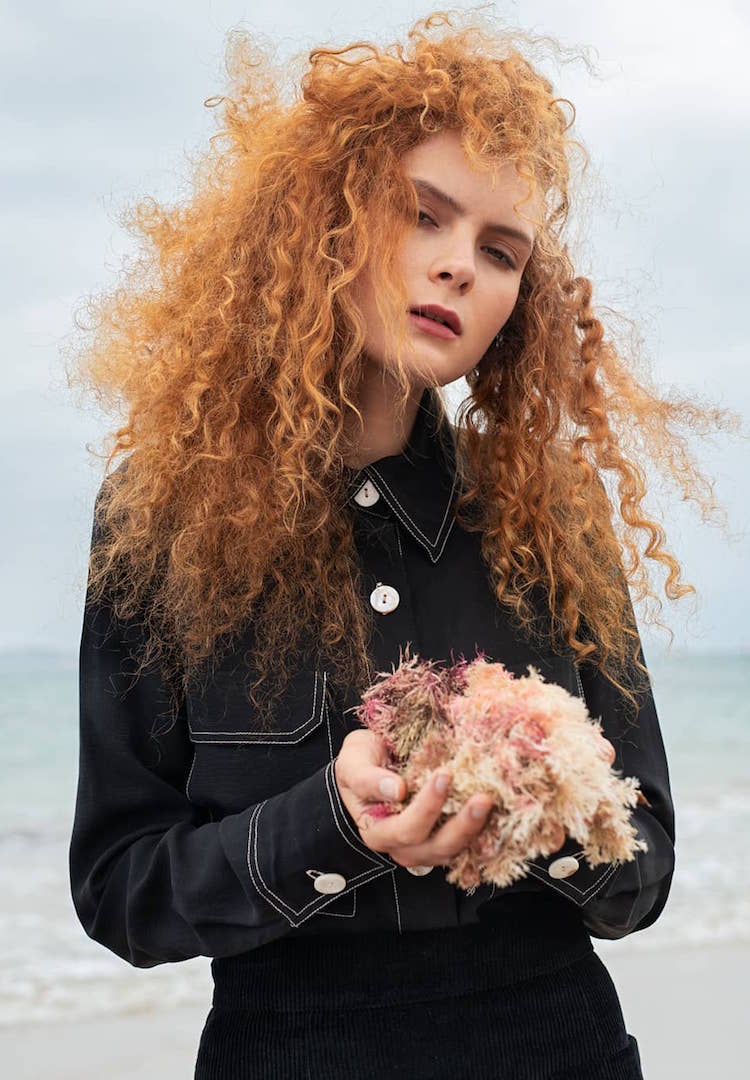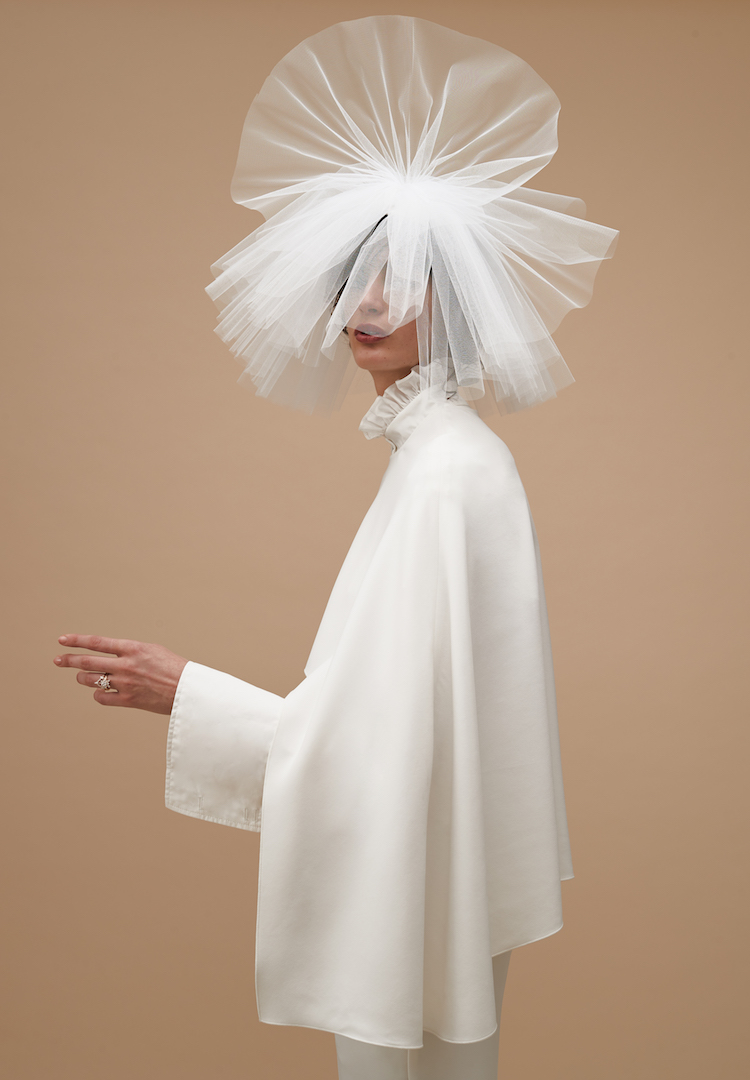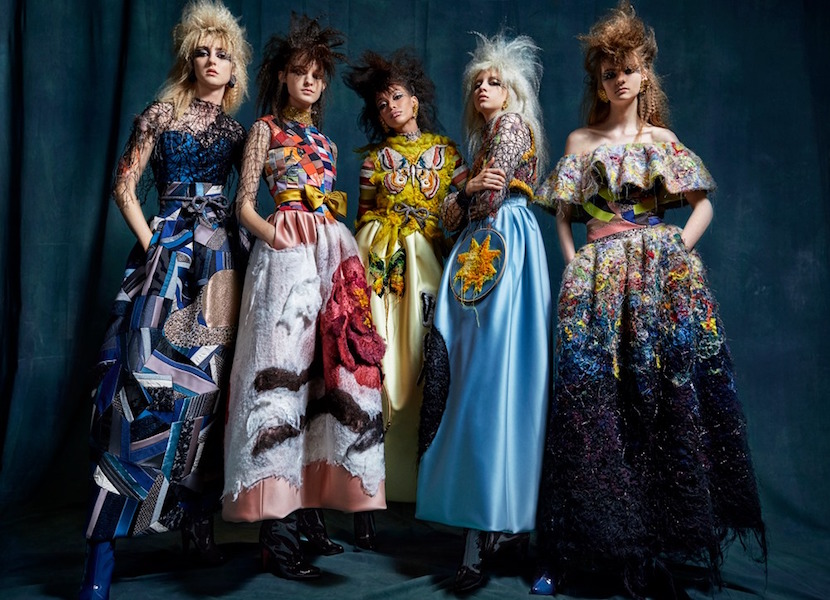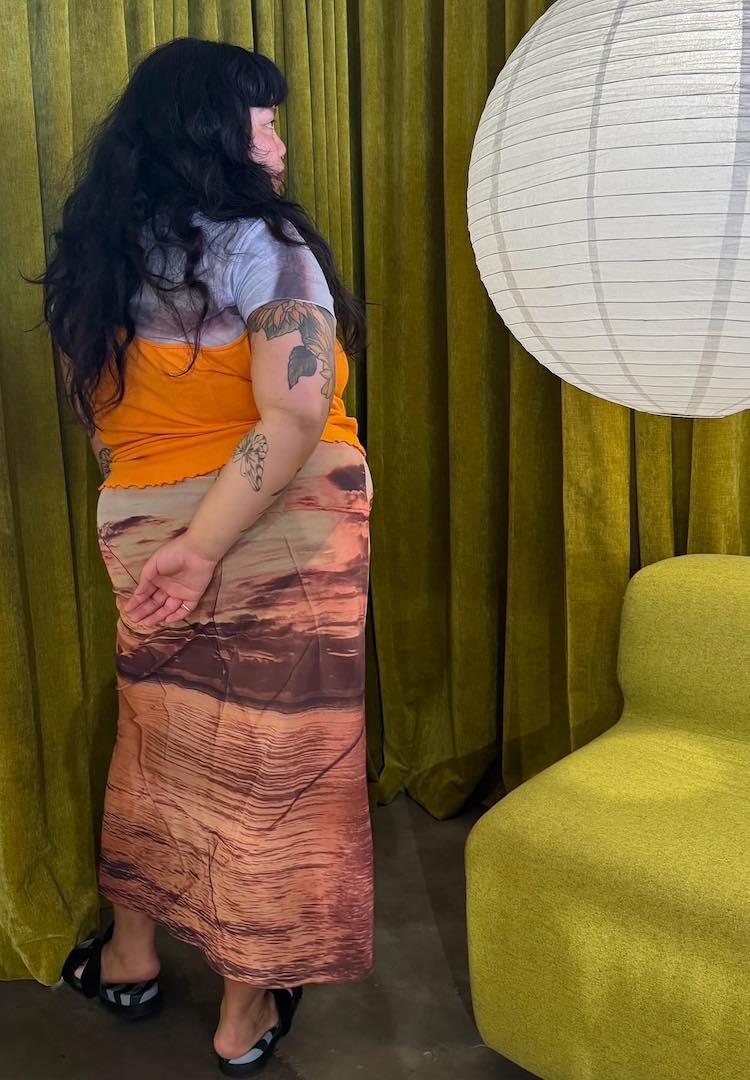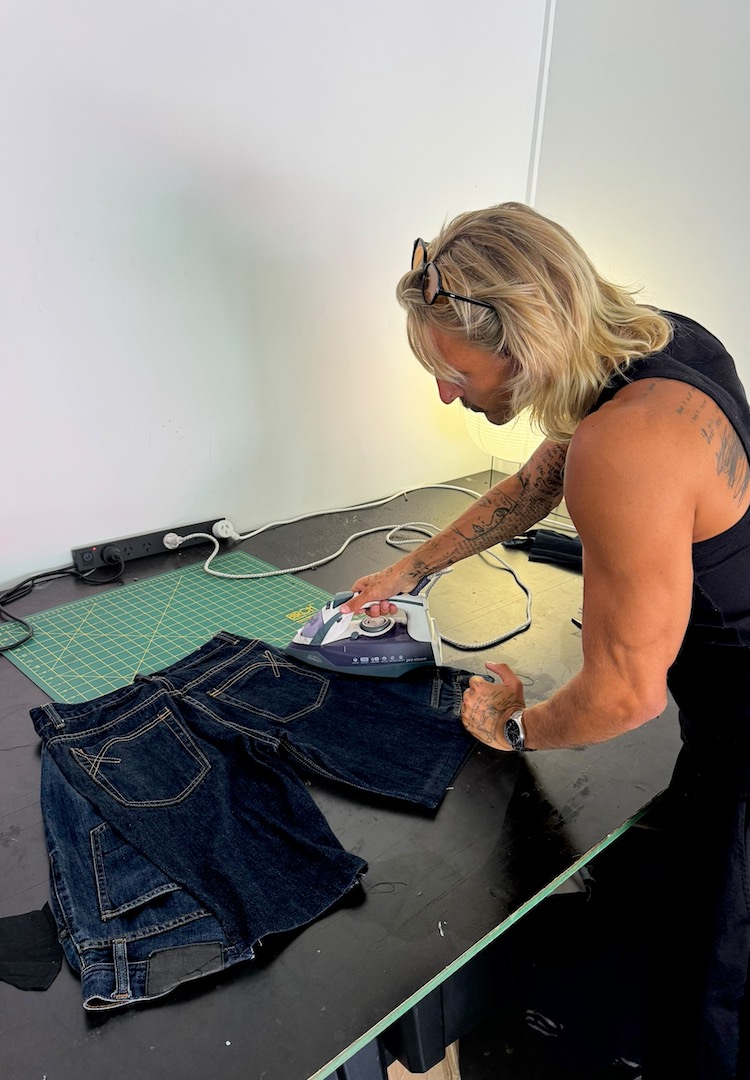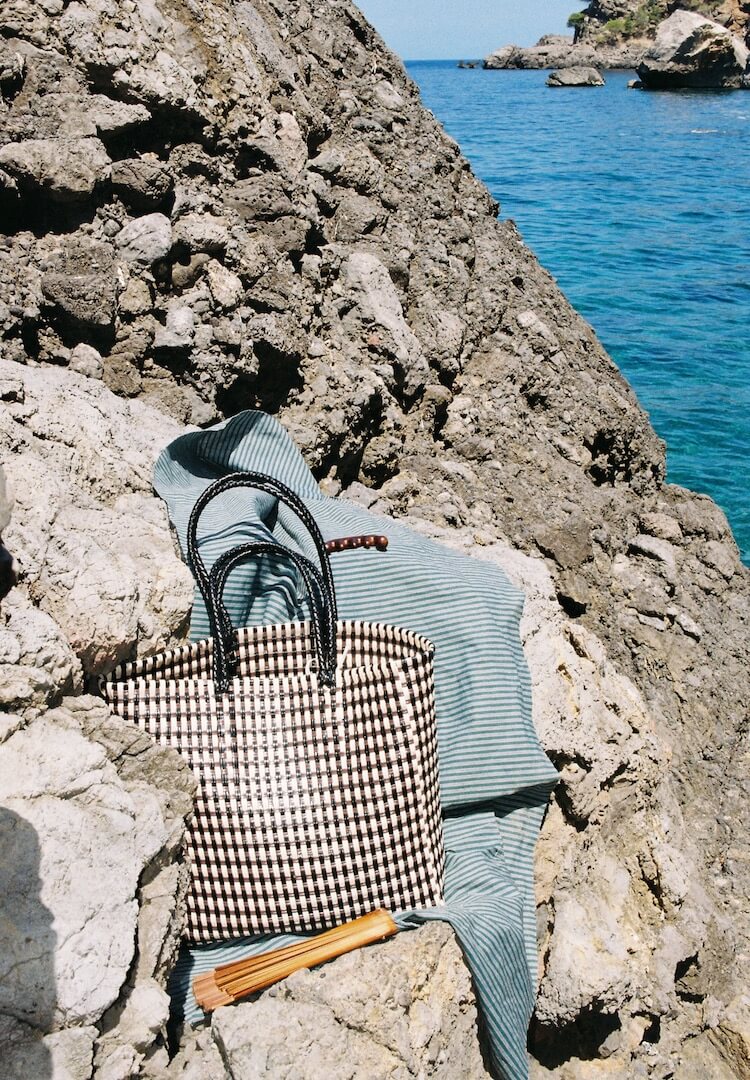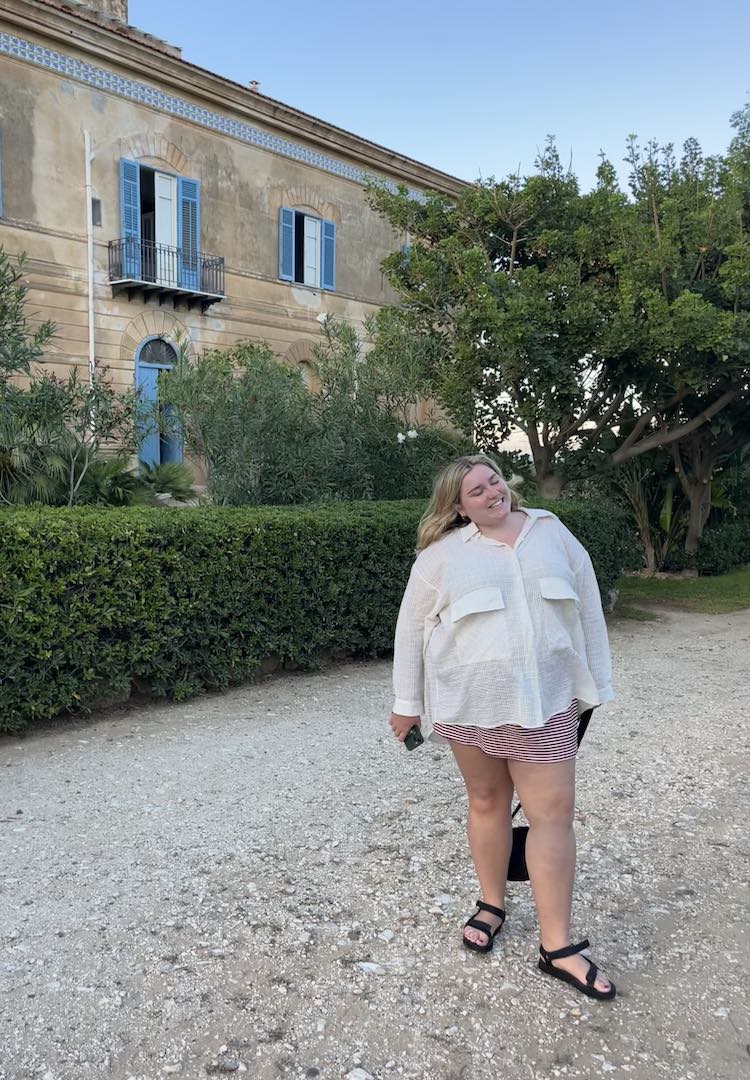When the cool art kids of fashion are playing it safe, should we be worried about the future of couture?
Image by Marijke Aerden for Viktor & Rolf
Words by Tim Grant
More is more is more.
Against all the odds – and my better instincts – modesty won this round. A few weeks ago, leading haute couturiers Viktor & Rolf and Guo Pei each put forward their AW19/20 collections with uncharacteristic restraint.
There was a lot to love. Coats were intricately stitched and gowns were flamboyantly structured. It was a parade of gothic artistry, seemingly designed specifically for Helena Bonham Carter. But haute couture is really intended to be a demonstration of what a designer’s aesthetic is, as well as what they’re capable of. For brands like Fendi, that means a post-modern ’70s moment with bowl cuts and furs. For esteemed fashion houses like Guo Pei and Viktor & Rolf, it’s usually been a little more.
It begs the question: is haute couture not long for this world? Viktor & Rolf put out one of their most wearable collections in a few seasons, though only the most eccentric among us could really pull off one of their pieces.
By contrast, Guo Pei’s work could never be considered ready-to-wear. Even the most relaxed dresses on her runway would be statements at the Met Gala. But for fashion houses that produced works of art so sculptural that their models often struggled to see or walk, these collections seem almost… accessible. Feasible, even. I don’t think it is a coincidence that Guo Pei rounded out a collection dominated by black and eggshell-white with a show-stopping, tropical-toned cocoon. The designer appears unsure if she wants her work in an art gallery, or a red carpet slideshow on The Cut.
If two of the most prominent haute couturiers of the past two decades are choosing to keep it ‘subtle’ this winter, should we be concerned? I am genuinely asking. I couldn’t tell you. The merging of casual items and high concepts on the red carpet has been going on for a while (Dior really loves a slogan T-shirt). And in a few recent collections, the most interesting elements were the props and accessories. The gradual drift of both ready-to-wear and haute couture towards an ambivalent middle is decades in the making.
So I think it bears wondering: is haute couture becoming a more elaborate version of ready-to-wear? It makes me feel fairly detached from reality, asking that. These catalogues had a level of intricacy and drama that I can’t see being ripped off by high street retailers. And yet, Giambattista Valli is the latest couturier to collaborate with H&M. The extremes are indisputably coming closer.
Still, Guo Pei once sent a fusion of The Pope and a Fabergé egg down the runway. And Viktor & Rolf built lighting rigs into traditional Dutch dresses that were so heavy the models could barely stay upright.
Indeed, their entire fashion-art philosophy is about refusing to bow to the distinctions between high and low. For these artisans, consideration of how their aesthetics could be made more subtle feels like a radical act of stripping back. Their collections indicate that the designers are considering how their ideas can be translated into Outfits rather than Statements.
Or, maybe these design houses simply now have to churn out some work that resembles their online store offering. Since smaller and older brands are using big set pieces and dollhouse dresses to drum up attention, Guo Pei and Viktor and Rolf might have decided that toning it down every so often will keep them relevant.
I, of course, still love them.
[For Tim’s review of both AW19 shows, read on.]
Guo Pei maintained her attention to detail and her understanding of the how to properly execute a gown. There was organza spun into black birds and nests, and dense patches of Midsommar-esque embroidery. In particular, the next-to-last look demonstrated how her keen eye for detail and proportion makes her an icon among haute couture houses. The gothic storybook vibe, however, bore a striking resemblance to the textured moodiness of Viktor and Rolf’s presentation.
AW 19/20, for Viktor and Rolf’s designers in chief, is a break from the previous few years. The bobbling doll heads of 2017 are gone, and they were kind enough not to revamp any old creations (like the entire 2018 Immaculate Collection.)
This collection kicked off with heavy, architectural coats soaked with mediaeval dyes, shaggy hems and embroidered hoops that gave the coats an edge some of their more polished collections have lacked. Layers were gradually stripped back to reveal multi-coloured patchwork silk gowns which were bright but definitely a statement piece you could own. Which is an odd thing to say when talking about these kinds of players in the fashion world.

